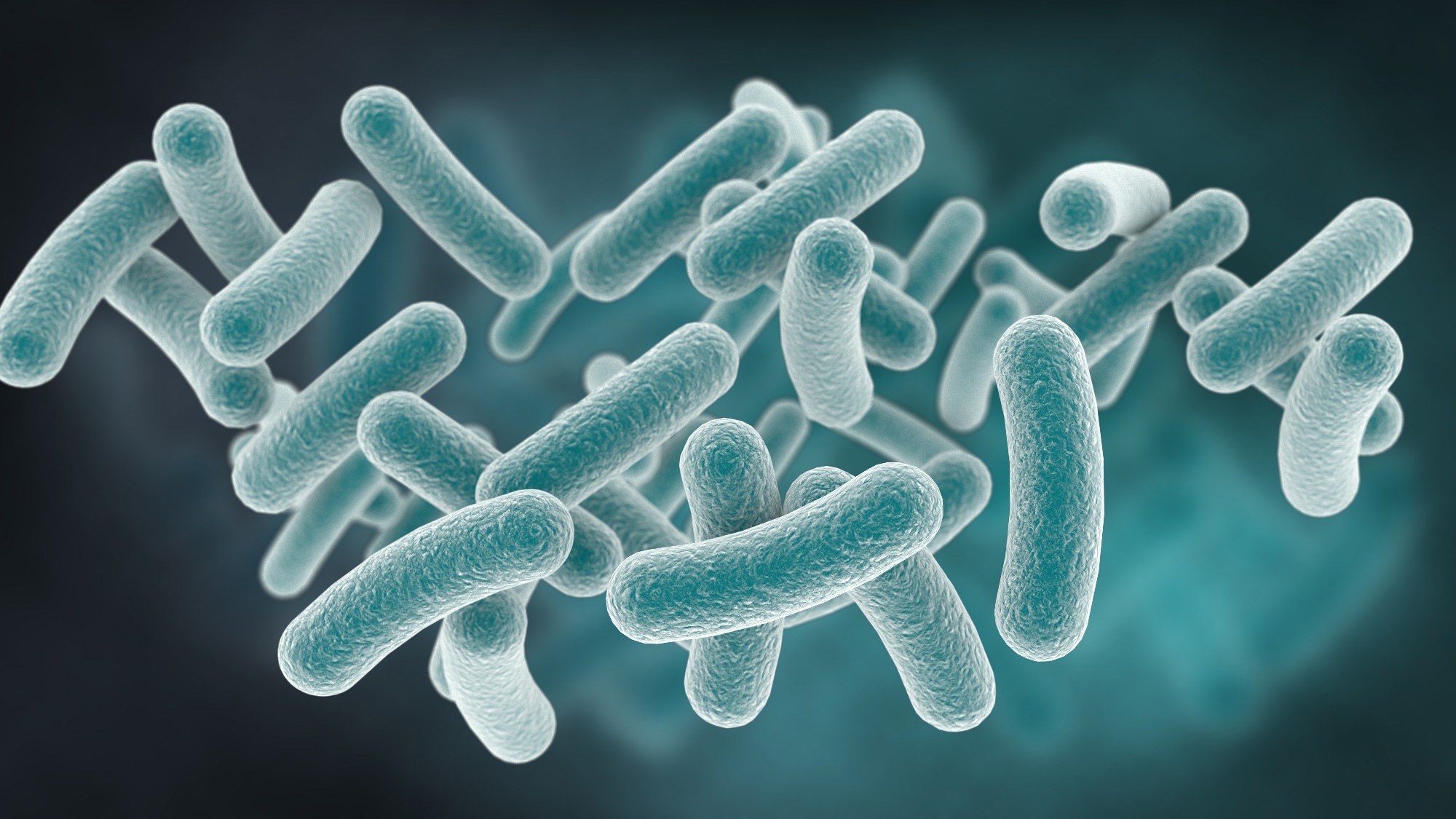In a recent study published in the journal Eurosurveillance, researchers examine antibiotic resistance genes (ARGs) and their mobility in Bifidobacteriales and Lactobacillales species through the use of a unified bioinformatic pipeline to isolate these bacteria from food and probiotic sources.
 Study: A survey on antimicrobial resistance genes of frequently used probiotic bacteria, 1901 to 2022. Image Credit: MilletStudio / Shutterstock.com
Study: A survey on antimicrobial resistance genes of frequently used probiotic bacteria, 1901 to 2022. Image Credit: MilletStudio / Shutterstock.com
Background
In their previous metagenomics-based work, the researchers of the current study found that a substantial number of ARGs, likely mobile ARGs, are present in both fermented and non-fermented probiotic supplements. This allows for the entry of these bacteria into the digestive tract, where they might get transferred to non-pathogenic or facultative pathogenic bacteria. Furthermore, if these probiotic bacteria colonize the gut, their antimicrobial resistance (AMR) genes could contribute to the gut resistome.
Identifying potential sources of AMR is important, as it is one of the key threats to the treatment of multiple communicable diseases worldwide in both humans and animals. Excessive antimicrobial use (AMU) has contributed to a surge in AMR rates worldwide; however, despite mitigation measures to decrease AMU, excessive antibiotic use by animals and humans remains a common practice in many nations.
Bacteria acquire AMR through mutations or horizontal gene transfer (HGT), the latter of which primarily occurs by transformation, transduction, or conjugation; however, this may also arise due to the transfer of small fragments of deoxyribonucleic acid (DNA) between two bacterial species. Other elements that could enhance the transfer of AMR genes are plasmids and integrative mobile genetic elements (iMGEs).
About the study
In the present study, researchers use next-generation sequencing (NGS) data on 12 probiotic bacterial species retrieved from the PubMed database through non-systematic screening. The keywords used by the team included ’yogurt,’ ’probiotic,’ and ’bacteria’ in English publications with relevant data on commonly used probiotic bacterial species published after 2000.
The researchers downloaded 2,244 samples for 12 probiotic species of interest from the National Center for Biotechnology Information (NCBI) repository. Ten species were also analyzed from non-fermented/fermented foods or probiotic dietary supplements (FFPs). The bioinformatics pipeline helped the researchers screen genetic data for ARGs and identify those which are mobile.
Results
The 1,452 samples formed the final analysis set, as it had at least 80% of the reference genome. Strikingly, FFP isolates constituted 579 samples, while the remaining 559 and 314 samples had an intestinal origin or came from other sources, respectively.
Of the 579 FFP samples, 169 were ARG-positive and subsequently stratified by their country of origin. Thus, probiotic bacterial species forming the bacteriome of edible foods have ARGs, many of which are mobile. As a result, the intake of these species could contribute to the appearance and spread of AMR.
For example, samples originating from L. lactis and B. animalis were relatively richer in ARGs, while L. paracasei and L. casei strains had no ARGs. Lactobacillus species like L. delbrueckii and L. brevis had relatively less frequent ARGs.
Despite low and less diverse ARGs, 17 of the 18 ARG-positive samples had ARGs on plasmids, whereas two samples had ARGs flanked by iMGEs. These findings suggest that these species are potentially mobile and, as a result, have significant public health implications.
The researchers noted a correlation of tetracycline-resistance-encoding tet(W) with ARG-positive B. animalis strains. Though considered innate with a negligible risk of transfer, tet(W) is commonly flanked by transposase genes.
Of the 65 ARG-positive B. animalis samples, 62 tet(W)-containing samples showed an association with iMGEs, the interpretation of whose mobility potential is unclear. As a result, the public health implications of these observations remain unclear. Nevertheless, the plasmidome of L. lactis has public health relevance, thereby raising the need for sustained surveillance measures.
The World Health Organization (WHO) regularly publishes an updated list of human antimicrobials. In addition, the World Organisation for Animal Health (OIE) releases a list of antimicrobial agents used in veterinary medicine. The European Medicines Agency (EMA) also releases guidelines to avoid, restrict, as well as exercise caution and prudence to restrict the veterinary use of some antimicrobials critical for human medicine.
High-priority critically important antimicrobials (HPCIA) are extremely crucial for the treatment of human diseases and include third, fourth, and fifth-generation cephalosporins, glycopeptides, macrolides, ketolides, and quinolones. Notably, some of the detected ARGs compromised two of the five HPCIA drugs. These ARGs also affected six veterinary critically important antimicrobial agents (VCIAs) including tetracyclines, four veterinary highly important antimicrobial agents (VHIAs) like rifamycins, and streptogramins, which is a veterinary important antimicrobial agent (VIA).
The ARGs detected in probiotic bacterial strains from products for human consumption interfered with the antibiotic activities of several human and animal antibiotics. Importantly, all ARGs do not always manifest phenotypically as AMR.
Journal reference:
- Tóth, A. G., Judge, M. F., Nagy, S. A., et al. (2023). A survey on antimicrobial resistance genes of frequently used probiotic bacteria, 1901 to 2022. Eurosurveillance. 28(14). doi:10.2807/1560-7917.ES.2023.28.14.2200272